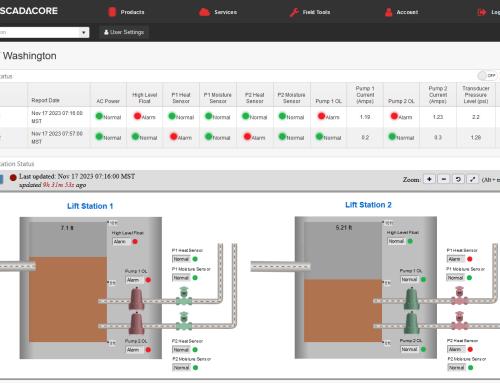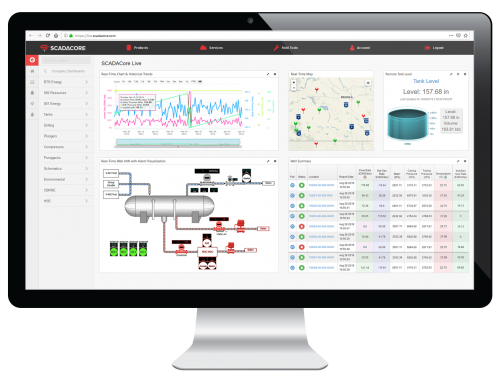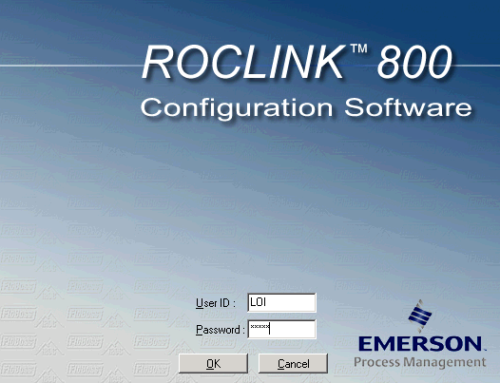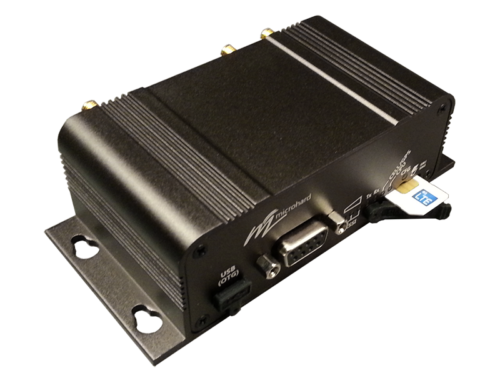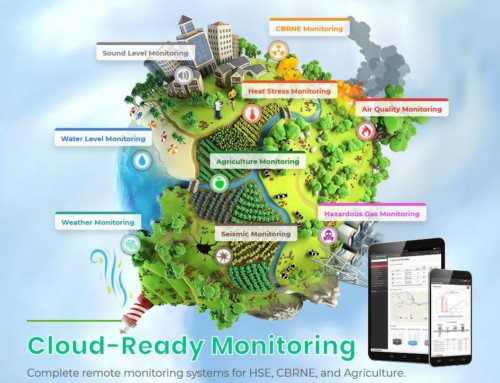SCADACore uses several different forms of cellular communication for the SCADACore Live and Sentinel products. Unless you are very familiar with these products you probably do not know of their strengths and weaknesses. At SCADACore we deploy thousands of these modems so we have a good idea when to use and when to avoid a particular product.
I would like to preface this blog by saying that I often use Sierra Wireless products, I recommend most of them to my clients, and I have standardized on their LUA scripting for my Sentinel products; however, there are some issues with the LS300 that can be quite costly.
The LS300 is the lowest cost solution provided by Sierra Wireless. It has a small form factor and several inputs for reading remote assets as well as GPS. Ignoring the flaws of the device it is actually a well priced modem for the market and would command a large share of the market place if not for some significant flaws in the design.
Specificiations
Durability
The specs on the LS300 are what you would expect from a robust cellular modem. Sierra Wireless has been making these types of modems for years and know how to build a strong product.
- Voltages have a good range from 7VDC to 30VDC.
- Just a note: when running at 24VDC the modem does tend to get hot.
- Wide range of Operating Temperature from -30C to +70C / -22F to +158F
- Certified Class 1 Div 2
Power Consumption
Power consumption is quite high for these modems. at 224mA @ 12VDC idle it is as much as double the power consumption of competing modems. The power consumption can cause more costs for increased battery capacity and solar panels in the future.
Cellular Capabilities
There are 2 models of LS300:
3G HSPA+
HSPA is the new standard for most of North America and the world. In Canada all providers now use the HSPA protocol built onto of the GSM network.
It is important to note in Canada, Telus and Bell until recently ran on the CDMA network and do not have older GSM technology to fallback on. This means if the high power HSPA signals are lost there is no fallback onto a lower powered GSM/GPRS/EDGE network. The older GSM networks (Rogers/Fido) also run on the new HSPA technology but have existing GSM/GPRS/EDGE network to fallback on if the HSPA signals are lost.
3G EV-DO
In Canada the CDMA network has been completely phased out. In the US there are still some providers that use CDMA like Verizon but they will eventually be phased out in the next few years. Speeds on the EV-DO model are generally about 1/5th of the speed of the HSPA network. No new infrastructure is going in on the EV-DO network. SCADACore no longer uses CDMA modems unless absolutely necessary.
Interfaces
There are several interface to connect your assets too on the LS300
- RS-232 serial
- A staple for any remote monitoring, an RS485 option would be nice but the RS-232 is sufficient.
- Ethernet
- Standard Ethernet connector
- USB
- USB does not work with USB OTG (on the go) which means you cannot connect to a slave USB device like a storage thumb-drive, printer, scanner etc. Essentially the USB doubles as a second ethernet interface for programming and is generally not useful.
- GPS
- GPS tracking is available standard on all LS300 units with both timing and gate event reporting.
- 1 0-30V Analog Input
- The analog input on the LS300 is very inaccurate but if you are looking for a battery voltage it may be sufficient
ALEOS Development Tools
The best feature of the LS300 and all Sierra Wireless modems is the ability to run a secondary program on the modem to trigger callouts, perform calculations, read proprietary serial devices, etc. The ALEOS essentially saves you from having to add a second embedded computer.
Other Features
The LS300 has other features like VPN/Security that SCADACore does not use as our sim cards are protected behind private VPNs from our providers.
Modem Flaws
This modem was built as a low-cost solution for the Internet Of Things but it fails in a few places.
Power On Flash Problem
The operating system (ALEOS) of the Sierra Wireless modem is programmed into the Flash not the Rom. This is a significant defect as any embedded programmer will tell you. The flash has a tendency to get corrupted, especially if it is writing when the device is powered off. If the modem is powered by solar and is prone to losing power it could cause the modems boot up to fail rendering the modem useless. In extremely remote locations this is the worst thing that could happen because it will require a reboot to get out of the state. A scheduled reboot on the modem will not work because the O/S has yet to load.
In some cases the modem will boot correctly but fail after several hours of running again causing it to go into the failed boot state.
Analog Inputs
The LS300 like most of the Sierra Wireless family of modems have 1 analog input that is connected to the 4 wire power connector. The analog input reads 0-30V but with a 250 ohm resister in-line you can monitor 4-20ma devices. The problem with the analog input comes with the stability of the readings. The accuracy seems to be reasonable but the readings will fluctuate up to 5% in either direction rendering any precise measurement completely useless.
For example if you wanted to use the LS300 to measure tank level and have a high level alarm set at 80% full you could bounce between 75% and 85% full in any particular readings causing all kinds of false high level alarms. If you were reading something like H2S gas levels on a scale of 1 to 10ppm it could read up to .5ppm where no gas exists at all.
Example of LS300 connected to a stable 1VDC power supply.
Conclusions
Unfortunately the LS 300 has several significant flaws that prevent us from recommending it for any installation. Because of the tendency for the modem to fail on boot-up and for some to fail after boot-up the reliability cannot be trusted to recommend the modem.
Instead we would recommend the Sierra Wireless RV50 for any applications that would require LUA programming. It fixes the boot-up flash problem and provides a solid Analog input as well as lower power and less heat generation.
For any direct communication to remote serial devices or Internet access SCADACore would recommend Microhard Bullet-3G.


